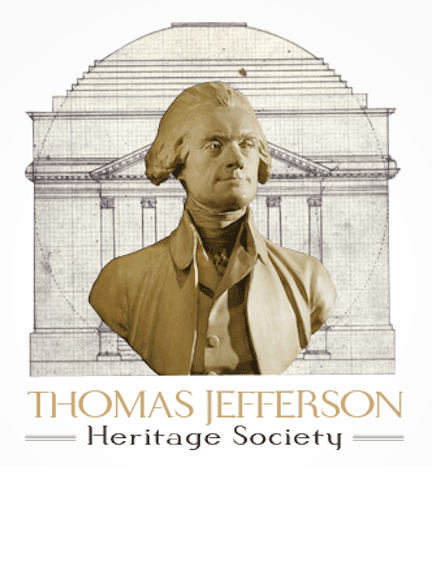Biohistory Guidelines Urged
The Scientist, April 13, 200
Exhumations, DNA testing of historical figures draw interest, but ethics are questioned
By Maria Anderson
Exhuming corpses and testing DNA from artifacts and relatives to determine whether Napoleon and other celebrated historical figures were poisoned or suffered from genetic diseases are titillating uses for modern genetic technology, but some researchers are calling for stricter guidelines governing such practices.
In the latest issue of Science, Lori Andrews and colleagues from the Chicago Historical Society and the Illinois Institute of Technology review the state of biohistory research and suggest that ethical guidelines may benefit researchers as well as relatives and descendants of the celebrated figures under scrutiny.
Increasingly, people are using genetic testing to answer historical questions about paternity, behaviors, or sudden deaths. The University of Maryland School of Medicine hosts an annual Historical Clinicopathological Conference to discuss the science that uncovered how a famous historical figure died. In 1998, researchers used DNA testing to determine that Thomas Jefferson fathered a child with Sally Hemings.
Most recently, scientists led by Gira Fornaciari decided to exhume 49 members of the Medici family from their resting place in Florence's San Lorenzo Church to resolve some discrepancies about the causes of their deaths. "It's become almost a large industry," Andrews told The Scientist.
After examining professional codes from 23 other organizations, including the American Anthropological Association, the American Historical Association, and the American College of Forensic Examiners, Andrews' group found that none contained guidelines for conducting biohistorical research and analysis.
Andrews said that past ethical and scientific breaches necessitate suc guidelines: "I've been appalled at some of the science involved, where various proclamations have been made about historic figures... where various notions of informed consent have been violated."
For instance, Einstein had asked to be cremated, but the pathologist performing the autopsy on his body removed his brain without permission, allegedly in order to study the source of his genius.
In several cases, graves have been dug up to verify through DNA testing that the corpse actually matches the name on the headstone. "In one case, to get permission to dig up a body, [researchers] offered liquor to the indigenous people who were in the area," said Andrews. "That's not our notion of informed consent."
The latest source of excitement is the bloodstained cloak worn by Mary Todd Lincoln on the night of her husband's assassination. "Various groups want access to it, some for commercial purposes, like to sell jewelry with Abe Lincoln's DNA in it or to make a television show, and others to look at whether he had the gene predisposing to Marfan's syndrome," Andrews said.
Cases like these raise questions about commercialization as well as genetic privacy. "If a recently deceased notable figure undergoes genetic testing and they find that he has a devastating genetic predisposition, his living relatives might become uninsurable or unemployable as a result," Andrews said, and these issues need to be addressed in the guidelines.
Clyde Snow, a forensic anthropologist who worked on the multinational team that identified Nazi war criminal Josef Mengele's skeleton in Brazil, said that the first question that should be asked prior to any biohistoric investigation is, "Can the investigation lead to the resolution of a genuine and important historic problem?" Next, he said, researchers and historians should decide if the technology currently available can accurately resolve the problem without destroying artifacts.
Andrews agreed: "Sure, we could do DNA testing on Mary Todd Lincoln's cape, but we'd have to cut out a part of it for the current technology. So, should we wait 'til there's a better technology?"
"There's a theme that runs through all of this that has to do with the amount of control we have over our bodies," said Andrews. "Some historians say, Well, we research in private diaries all the time.... How is this any different? With private diaries, someone actually wrote it down; here you might be finding out things that the person himself or herself didn't know."
Lori B. Andrews http://www.kentlaw.edu/faculty/andrews_bio.html
L. Andrews et al., "Constructing ethical guidelines for biohistory," Science, 304:215-216, April 9, 2004. http://www.sciencemag.org
E.A. Foster et al., "Jefferson fathered slave's last child," Nature, 396:27-28, November 5, 1998. [PubMed Abstract] [Publisher Full Text]
D. Williams, "Transfixed by tales from the crypt," Washington Post, February 20, 2004. http://www.washingtonpost.com/ac2/wp-dyn/A55974-2004Feb19
American Anthropological Association http://www.aaanet.org/
American Historical Association http://www.historians.org/
American College of Forensic Examiners http://www.acfei.com/main.php
Clyde Snow http://www.mnsu.edu/emuseum/information/biography/pqrst/snow_cl yde.htm

